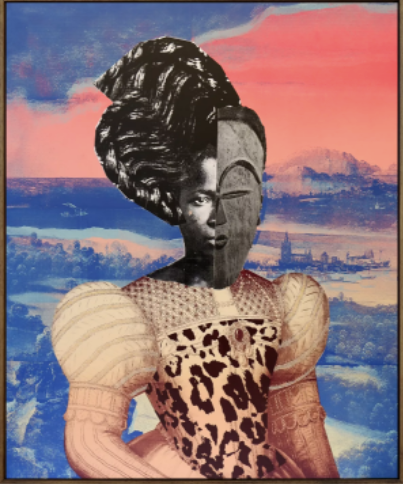Art Market Landscape in 2022
Enjoyed analyzing #ArtBasel's global art market research - 279 pages of useful insights, here's a quick summary.
Positive trends in the sales of works of art around the world: after experiencing its worst downturn in ten years in 2020, the market rebounded strongly in 2021, with total sales of works of art and antiques by dealers and auction houses reaching an estimated $65.1 billion, up 29% from 2020, and values exceeding pre-pandemic levels of 2019. Spending by collettors has also significantly grown.
Main trends:
- 1. Online sales are still on the rise: the estimated $13.3 billion online market increased by 7%. Online sales made about 20% of total art market sales;
Despite the substantial increase in online sales brought on by pandemic restrictions in 2020, the e-market grew at a slightly slower rate.
However, when given the option to choose between offline and online, the majority of collectors (69%) still chose to view works of art for sale in person. However, a growing interest in digital art has become quite visible, especially among younger collectors.
- 2. With a commanding share of 78% of public auction sales by value, the US, China, and the UK continued to be the three biggest international auction centers. Particular development has been seen in the French market;
- 3. Art-based (24% share) and collectible NFT’s (12%) growth. The volume of transactions also expanded rapidly, growing from just over 755,760 in 2019 to 5.5 million in 2021 The value is mostly guaranteed by resales (73%) rather than by primary sales. On average, art-based NFTs are bought and resold within around one month
Technological era is broadening the definition of art and allowing new actors to enter the market. Both artists and dealers are actively engaging in creating and producing tokenized digital art.
However, the NFT market is facing a number of challenges, such as:
- Wash trading - artificially increasing the value of an NFT by being on both sides of the transaction;
- bug-pulls occurs when initial NFT collections sell out for huge gains on the basis that buyers will receive free NFTs or other perks in subsequent drops, but then the individuals behind the collections 'cut and run,' leaving the original NFT purchasers with worthless NFTs;
- lack of appraisal standards for NFTs complicate tax and insurance purposes;
- regulatory issues: absence of international standards and national regulations;
- common contractual issues with NFT platform terms and conditions;
- incorporation of blockchain-coded SMART contracts into existing legal frameworks;
- copyright infringement cases.
Even while technology has made it possible for greater sales and more constant connections to a growing global audience, many of the systems inside the art trade have not yet undergone a significant transfor

Post a comment